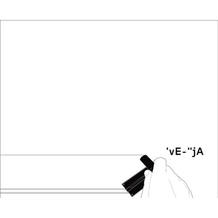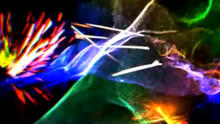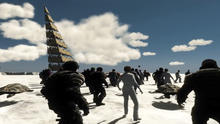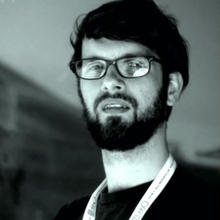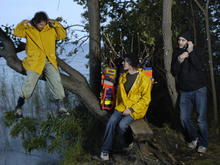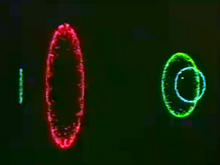audioreactive
(2009)by Jorinna Scherle is based on the principles of minimal music and visualizes microtonal events such as frequency, duration, tone pitch and sound volume in 3D environments.
audioreactive is one part of Jorinna Scherle's final exam at the University of Applied Sciences in Wiesbaden.
At first developed and designed independently, the 3d-setups reveal their connection to the sound through the animation in many different ways. The audio influences and controls variables such as position, size, color, light, texture or physical principles like gravity or magnetism. (Programming in C4D/Xpresso).
The audioreactive series encompasses following pieces:
E-LINES (sound: DACM, Tim Hecker)
